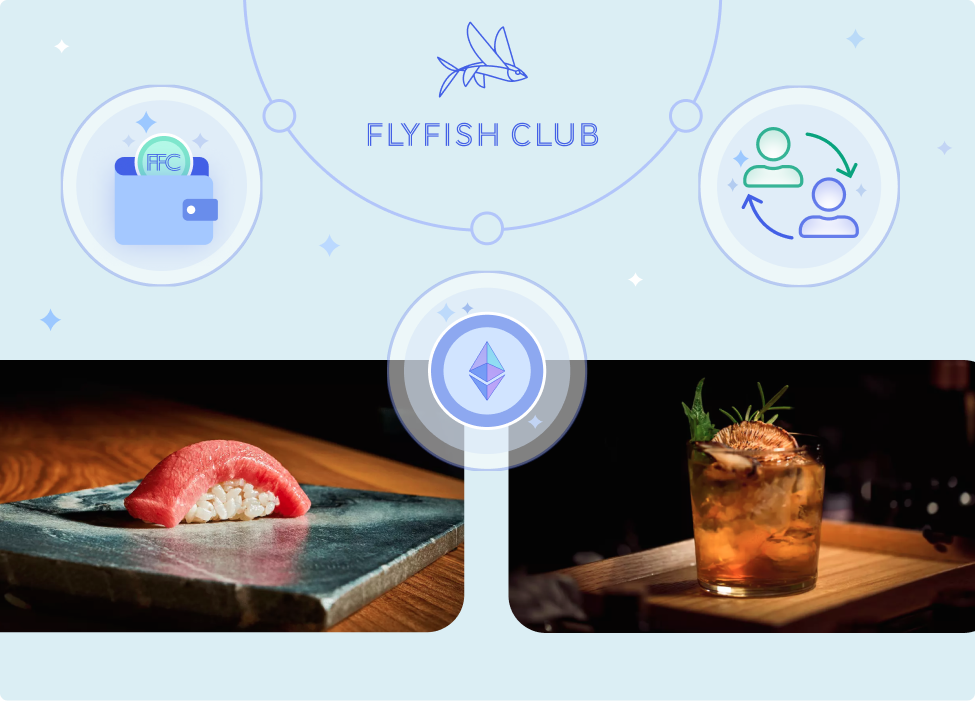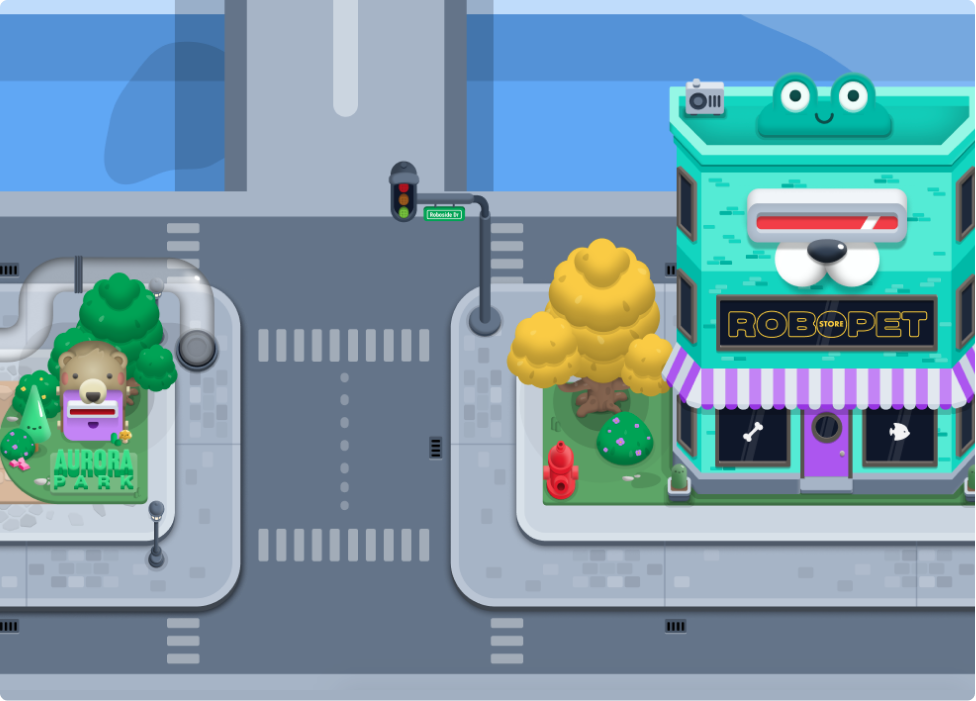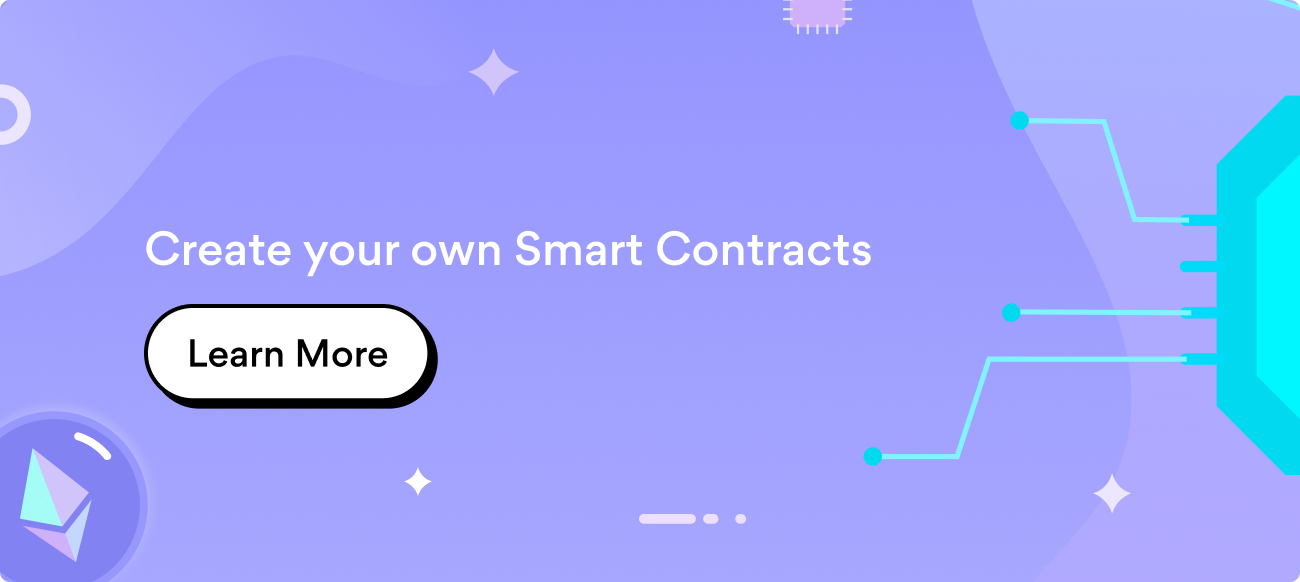Much of the metaverse and NFT space is built on the principle of inclusiveness and open communities.
Token Gating: Creating Exclusivity in the Metaverse

This welcoming vibe is all well and good, and it’s also a huge reason the future of Web3 is still full of hope and possibilities. But let’s be honest for a quick second to touch on something that we’ve all probably felt at some point in our lives: being part of something exclusive feels pretty awesome.
It’s why token gating is – and probably will continue to be – an essential strategy that many NFT artists and dev teams include in their projects. Being a VIP or exclusive member of a community or project is a special feeling, which is why tokens that offer this type of exclusive access can end up being absurdly valuable.
Like a Bernie Sanders meme, I am once again asking you to take a step back to view the entire scope of token gating because it goes far beyond making people feel unique and exclusive.
Okay, so what exactly is NFT token gating?
Let’s get to the bare bones of what this exactly is, shall we?
Token gating, in short, allows access to perks, benefits, content, or events exclusively to the holders of a particular type of token. Think of the NFT as a pass into the VIP level of certain parts of an NFT community.
Another essential detail of token gating is that holders get exclusive access to whatever is token gated only when they own the NFT.
While this principle of ownership to unlock exclusive benefits isn’t new, the rise of NFTs and Web3 has made digital token gating a useful and engaging way to push the possibilities of NFT utility further.
I’m a creator; why should I care about token gating?
There are a whole host of reasons why token gating has become so popular within the NFT space. One of the main benefits that creators widely discuss is the level of security that comes with token gating perks and benefits.
Since NFTs exist on the blockchain, and there’s no way of forging NFTs, this type of proof-of-ownership allows creators to verify that the individuals accessing the gated perks are, in fact, holders of the token.
In a way, token gating is like creating a subscription or membership, but there’s no need to worry about someone with access sharing a password or access to an account (not that anyone would ever do that, right, Netflix?)
But the upsides of token gating don’t stop just at controlling flow and access to content. Done in the right way and paired with the right type of utility, token gating can add value to the NFT collection.
Take the example of Gary Vaynerchuck’s Flyfishing Club. The Flyfishing Club is an exclusive dining experience only accessible to members who purchase either a Flyfish NFT or Flyfish Omakase NFT.

While the NFTs are an artistic collectible that owners can enjoy purely for the art, these tokens also give holders access to a fine dining experiences that only FFC community members can attend.
The combination of exclusivity, rarity, and ability to sell the membership and token makes the FFC one of the prime examples of how to implement it effectively.
Are there more examples of token gating with NFTs?
Plenty.
Teams and projects are getting creative with how they implement token gating. Below are a few examples of how token gating with NFTs shapes and redefines utility.
Shopify token-gated storefronts
While Shopify is an e-commerce giant and not usually associated with anything in the Web3, they’ve recently been preparing to launch a feature that allows projects and brands to token gate their storefronts.
Unsurprisingly, this savvy play is paying off, as several blue-chip projects have already signed on as partners. Doodles, Adam Bomb Squad, and Cool Cats are a few NFT projects partnering with Shopify to token gate their online storefronts.
These projects will be able to roll out exclusive benefits like merch, discounts, and perks only to those who are token holders. Again, it’s a brilliant way to drive up a project’s exclusivity, and it won’t be a surprise to see Shopify sign on many more brands and projects.
The Microverse & Robotos
If you haven’t heard, the Microverse is where creators and communities come to vibe. It’s a place where creatives can build interactive worlds where their communities participate in quests, host events, and more.
Robotos, a PFP collection of droid characters, opened Robopolis within the Microverse. While Robopolis is open to anyone with an NFT and compatible wallet, particular sections of the world are token gated exclusively for specific NFT holders.
There’s a pirate island where only Robotos with pirate gear can enter, and there is also a room that hosts a room used for live music and an exclusive dance party.

These are just two examples of token gating amongst many that were and are built within these worlds. The beauty of this tool is that there are essentially unlimited ways builders can get creative with token gating.
Bored & Hungry
Powered by the first NFT restaurant group, Food Fighters, Bored & Hungry is a California-based restaurant that takes NFT token gating into the world of culinary experiences.
While everyone can order food at the restaurant with cash and even crypto, specific holders (mainly BAYC and MAYC holders) get special deals like burgers and combo meals. Pretty sweet if you’re hungry and holding one of the most valuable NFTs of all time, right?
It doesn’t just stop at food, though! Bored & Hungry also uses token gating to grant limited access to their hoodies, apparel, and other scarce products that aren’t available to the public.
Token gating with your NFTs
While token gating is nothing new to the world, NFTs have reshaped how utility and exclusiveness function within Web3.
For those who want to implement a token gated feature, the best thing to do is make a plan and figure out how this will benefit your community. The possibilities are endless if you have something that genuinely will add value to those who own a piece of your project.






